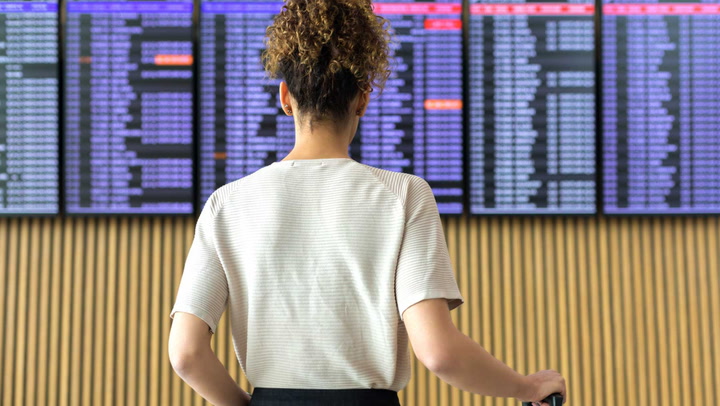Summary
Stop what you’re doing and count to 10. That’s how long Scott Keyes, founder of Scott’s Cheap Flights, says it takes to find a better flight deal.
Why Search for One-Way Flights?
In a new blog post, Keyes explains the advantages of seeking two one-way flights instead of purchasing a single round-trip ticket. This approach can lead to significant savings.
Example Scenario
Let’s say you live in Seattle and need to get to Chicago for your sister’s wedding from June 21-28. While searching Google Flights, you might find that the cheapest nonstop round-trip fare is $424. However, upon further exploration, you may discover that booking two one-way flights—$206 with United for the outbound and $185 with Delta for the return—results in a total round-trip price of just $391.
Cost-Saving Tips
According to Scott’s Cheap Flights product operations specialist Lousson Smith, “Sometimes the round-trip price isn’t the best available price and it’s worth the little bit of extra time to find the best deal.” This methodology can allow for greater flexibility, particularly when managing flight credits or restrictive payment methods.
When to Choose Round Trip
However, there are instances where booking a round-trip flight is more convenient. Smith points out that for international travel or specific airlines—such as JetBlue and United—where carry-ons are not included in the most affordable fares, it might be practical to purchase a regular round-trip ticket. This often includes a free carry-on, making it more worthwhile for travelers who need to bring luggage.
Flexibility in Flight Searching
To maintain a budget-friendly travel experience, it’s pivotal to start looking for flights earlier than expected to capitalize on price drops. Setting price alerts on Google for specific routes can also be advantageous, as it allows travelers to monitor fare changes actively.
Moreover, if your travel schedule allows, opting for midweek flights often leads to lower prices, which are typically less influenced by major business travel demands.




